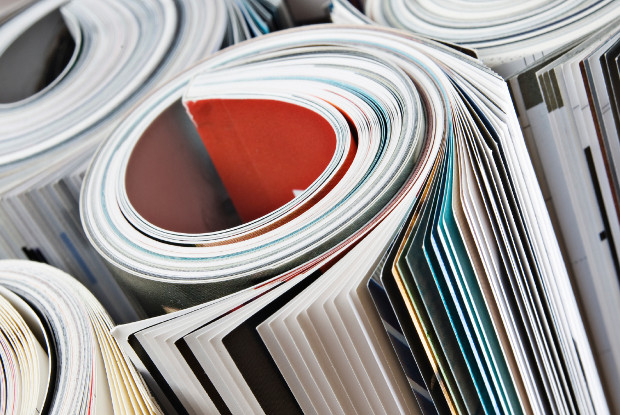Paper

Case - Published 4.7.2014
The word paper brings to mind newspapers, magazines, books, office paper, toilet paper and so on and so forth. Paper is also used in stickers, receipts, banknotes, postcards, posters, note pads and booklets, wrapping papers, paper bags, origami, art… Can you think of any others?
Paper manufacturing was invented in China approximately 2,000 years ago. Today, it plays an important role in our living environment. As the world changes, so does the role of paper, but digitisation cannot replace its unique qualities. It is difficult to find a more flexible, effective or sustainable alternative.
Paper is made from chemical and mechanical pulp. Chemical pulp is made by breaking down wood in a chemical cooking process. Mechanical pulp is made by refining or grinding wood. In both of these processes, the raw material is fibre wood harvested from sustainably managed forests, including trees harvested during thinning which are too small to make other products such as plank wood.
Forests are part of the cycle which can help to reduce the carbon dioxide load of our atmosphere. This cycle starts from the trees in the forest and extends all the way to wood and paper products, which continue to serve as carbon stores throughout their life cycles and help to abate climate change.
In addition to chemical and mechanical pulp, also recycled fibres can be used to make paper. Recycled paper can be made from virtually anything that used to be paper or cardboard. Wood fibre can be recycled 6-7 times on average. However, eventually it will break down, and the shorter the fibre, the more brittle the paper is. That is why primary fibre has to be added in the paper during the manufacturing process.
In places like Finland, which has vast forest resources and a small population, primary fibres are the main material used in paper, even though nearly all of our local recycled fibre is recovered for use. In highly populated countries with large populations, recycled fibre is available in high volumes, and paper is mostly made from recycled fibres. As over 90 percent of paper produced in Finland is exported to other countries, Finnish fibres end up in circulation in places like Central Europe. Paper recycling is a green deed which we can all do every day.
In summary, paper is renewable and recyclable, and it is produced by an industry which takes its environmental responsibility seriously, plants more trees than it uses, and continuously develops its product chain to reduce the environmental impact and improve the quality of products.
Text and photos are from the info cards in the presentation briefcase on the Finnish forest sector. The idea of a briefcase with various kinds of samples to present this diverse sector came from the young people themselves. The briefcase has been handed out at visits to upper secondary schools.
More information on the briefcase and visits: vilma.issakainen(@)smy.fi and anne.kettunen(@)forestindustries.fi.
